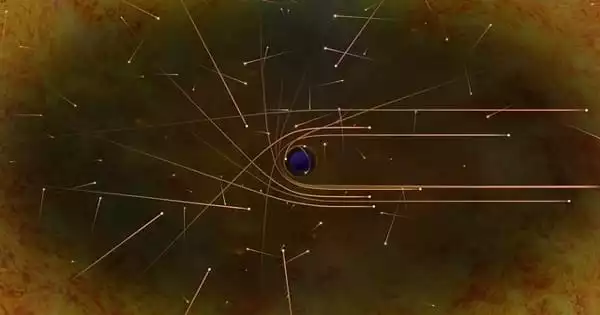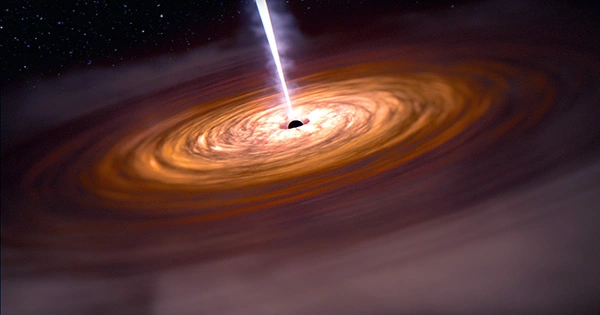Enjoy the greatest picture of Centaurus A in radio waves, a neighboring galaxy with a supermassive black hole that has been exploding for millions of years. This action has formed jets that span a million light-years and would be broader than 16 full moons in the sky if they were visible to human eyes. The stunning image was made possible by the Murchison Widefield Array (MWA) telescope in Western Australia’s outback, and the findings were published in the journal Nature Astronomy.
Centaurus A, at only 12 million light-years distant, is the nearest radio galaxy to our own Milky Way. Studying it in depth provides insight into a significant class of galaxies. In a statement, Dr. Benjamin McKinley of the Curtin University node of the International Centre for Radio Astronomy Research (ICRAR) said, “These radio waves emanate from material being dragged into the supermassive black hole in the centre of the galaxy.”

“It creates a disc around the black hole, and when the matter is blasted apart as it approaches the black hole, strong jets form on each side of the disc, ejecting most of the material back into space, perhaps over a million light-years away.” “Previous radio observations were unable to cope with the intense brightness of the jets, and features of the greater area surrounding the galaxy were distorted, but our new image overcomes these constraints.”
The research was so thorough that it allowed researchers to test a novel idea dubbed Chaotic Cold Accretion (CCA). This theory attempts to explain how gas encircling the galaxy moves, how it falls back into the galaxy, and how it may wind up feeding the supermassive black hole. “Clouds of frigid gas condense in the galactic halo and shower down into the inner regions, feeding the supermassive black hole,” revealed Dr. Massimo Gaspari of Italy’s National Institute for Astrophysics.
“Triggered by the rain, the black hole retaliates by shooting energy back into space through radio jets, inflating the stunning lobes shown in the MWA image.” This is one of the first studies to look into the multiphase CCA ‘weather’ on such a large scale.” The research also blends radio imaging with X-rays and visual views, giving researchers a stunning view of the galaxy and new insights into the mechanics of supermassive black holes. The one that is now spouting inside this galaxy has 55 million times the mass of our Sun.













